Power magnets - What is a power magnet & which types are there?
What is a power magnet?
The exceptionally strong magnets are properly called neodymium magnets, but they're often referred to by various names, including supermagnets, power magnets, and neodymium magnets. They are not toys and should be used and handled with care due to their formidable pulling power.
The smallest magnets can be used for hobbies, such as creating your own refrigerator magnets or needing a magnetic lock solution for toys or similar applications.
Larger magnets are typically used by magnet enthusiasts eager to test the extreme pulling force (watch your fingers!) and by businesses for machinery and equipment.
Under each product listing, you can view the load capacity for each magnet. And it's no exaggeration. Some of the smallest sizes can easily hold scissors, the mid-sized magnets can manage a heavy hammer, and the largest magnets can suspend a bicycle in the air, provided that the material is magnetic. We offer many different shapes such as cylinders, disc, cubes and much more. The load capacity assumes direct contact with a magnetic surface - meaning significantly less capacity for, for example, magnetic glass boards, where a glass panel lies between the actual magnet plate and the magnet.
Below you will find important information about the dangers of using these magnets. You'll find a link to the complete list under each product, and a paper version is included when ordering power magnets.
Strength and loss of strength
Neodymium magnets are approximately 9 times stronger than ferrite magnets when comparing two magnets of the same size.
In theory, magnets never lose their strength. However, after about 100 years, a slight degradation in magnetism can be measured. But other factors besides time can demagnetize a magnet, like intense heat or repeated impact. High heat permanently destroys a magnet. But damage from impact (where the magnet's casing remains intact) can often be rectified.
Take, for example, a magnetic knife strip: over the years, magnetism diminishes due to the constant impact from the knives. However, running a powerful power magnet over the knife strip can rejuvenate its strength.
A neodymium magnet will not be significantly affected if it chips slightly. However, due to their powerful magnetic field, they can easily crack under careless use. It's almost inevitable to end up with a broken magnet if it slams together with another magnet at high speed.
Working temperature and storage
Up to 80 °C (unless otherwise stated on the product sheet).
At temperatures above 80 degrees, neodymium permanently loses its magnetism. However, there is no lower limit for temperature impact on neodymium, so no negative temperatures are specified.
We recommend that power magnets be stored at room temperature. And if they're not in use, it's wise to keep them in a package where the magnetic field is shielded, and the magnets are not exposed to shocks and temperature influences to a great extent. In our workshop, we have a felt-lined steel plate where we place test magnets when not in use. This way, they are easy to remove from the plate and can be neatly stored in a drawer.
Risk of injury
The magnets have a very powerful attraction. Careless use can cause bruising or finger injuries. Watch your fingers!
Risk of swallowing
Magnets are not toys and should be kept out of reach of children. If swallowed, magnets can become lodged in airways or other parts of the body, causing serious complications.
Risk of electric shock
Magnets are made of metal and can conduct electricity. They must not come into contact with electricity, including power outlets, as they can cause electric shock.
Pacemakers
Magnets can affect pacemakers and implanted heart defibrillators. A pacemaker, in the worst case, may switch to test mode, causing nausea and illness. A defibrillator may stop working. If you use these devices, maintain a sufficient distance from magnets. Also, warn others who use these devices to keep a safe distance from magnets.
Overloading
Use magnets only with the load specified under each product description on www.magnetpartner.com. Overloading magnets can cause them to detach from the magnetic surface they are attached to. Falling objects can lead to severe injuries.
Note! The load specified under each product sheet on www.magnetpartner.com only when the magnets are used correctly. Do not use magnets in places where people might get hurt in the event of a magnet's failure or similar situations.
Risk of Splinters
Colliding magnets can crack and cause splinters that can be flung several meters, potentially causing eye and bodily harm. Avoid magnet collisions, wear safety goggles when handling larger magnets, and ensure that bystanders are also protected or at a safe distance.
Related products - Power magnets - What is a power magnet & which types are there?
-
Power magnet, Block 15x15x3 mm.
MAGZ-098-P
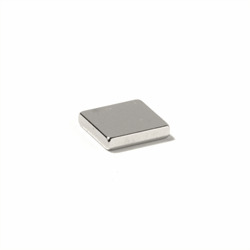
Strength 3.4 kg. 3,24 4,05 EUR
In stock -
Power magnet, Cube 12x12x12 mm.
MAGZ-123-P
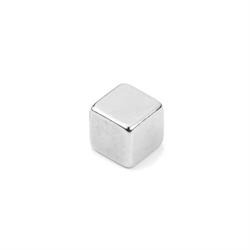
Strength 6.3 kg. 4,72 5,90 EUR
In stock -
Power magnets, Disc 15x1 mm w/glue, 10 pack
MAGZ-502-P
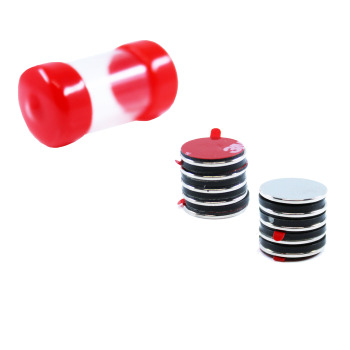
Strength 650 g. 12,40 15,50 EUR
In stock -
Power magnet, Disc 3x1 mm.
MAGZ-087-P

Strength 210 g. 0,64 0,80 EUR
In stock -
Power magnet, Disc 8x1 mm.
MAGZ-065-P
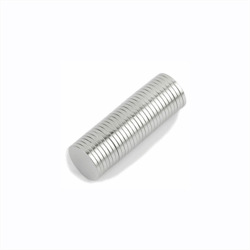
Strength 400 g. 1,08 1,35 EUR
In stock -
Power magnet, Rod 5x12 mm.
MAGZ-257-P
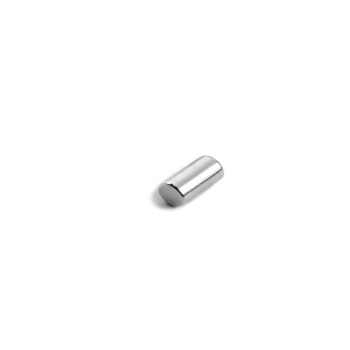
Strength 1.0 kg. 1,52 1,90 EUR
In stock -
Powerful magnet "LUDO", Purple
MAGZ-191-K
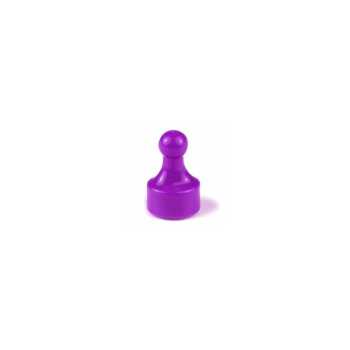
Strength 1.5 kg. 2,48 3,10 EUR
In stock -
Power magnet, Rod 3x10 mm.
MAGZ-414-P

Strength 390 g. 0,88 1,10 EUR
In stock -
Power magnet, Ring 10x4x10 mm.
MAGZ-221-P
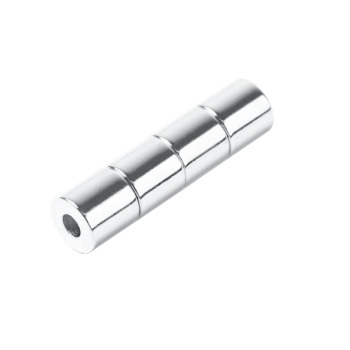
Strength 3.1 kg. 2,16 2,70 EUR
In stock -
Power magnet, Ring 12x5x12 mm.
MAGZ-223-P
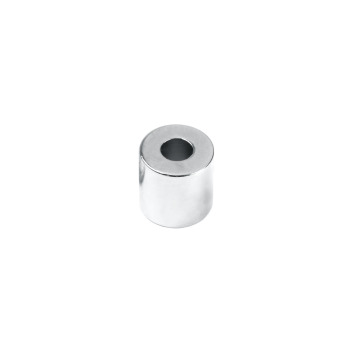
Strength 4.4 kg. 3,65 4,56 EUR
Out of stock -
Power magnet, Block 15x15x8 mm.
MAGZ-136-P
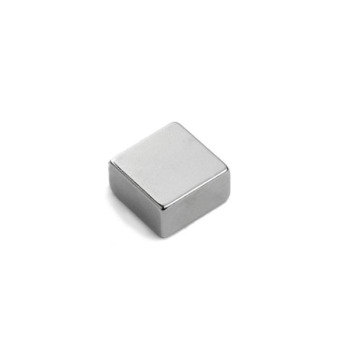
Strength 7.6 kg. 5,72 7,15 EUR
Out of stock -
Power magnet, Cube 3x3x3 mm.
MAGZ-093-P
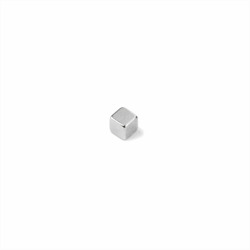
Strength 290 g. 0,64 0,80 EUR
In stock -
Power magnet, Disc 15x2 mm.
MAGZ-185-P
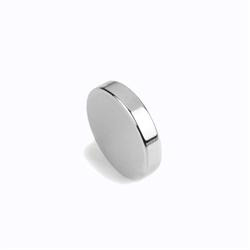
Strength 1.9 kg. 1,60 2,00 EUR
In stock -
Power magnet, Disc 3x2 mm.
MAGZ-120-P

Strength 250 g. 0,64 0,80 EUR
In stock -
Power magnet, Disc 8x2 mm.
MAGZ-080-P
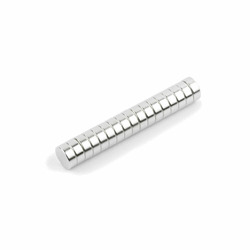
Strength 1.1 kg. 1,28 1,60 EUR
In stock -
Power magnet, Rod 5x14 mm.
MAGZ-057-P
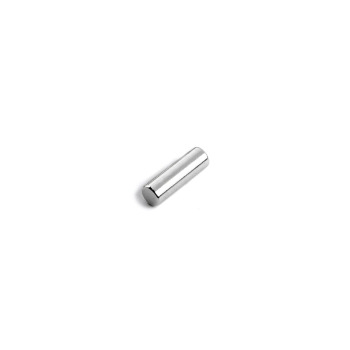
Strength 1.0 kg. 1,28 1,60 EUR
In stock -
Powerful magnet "LUDO", Red
MAGZ-084-K
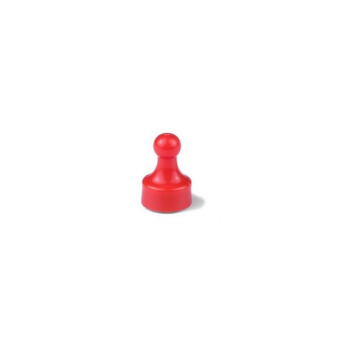
Strength 1.5 kg. 2,48 3,10 EUR
In stock -
Power magnet, Rod 3x6 mm.
MAGZ-412-P
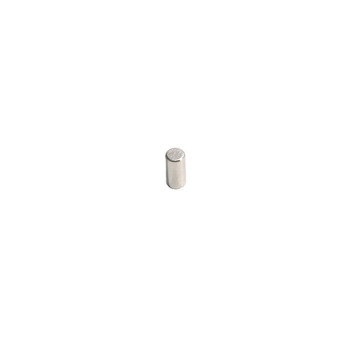
Strength 350 g. 0,88 1,10 EUR
In stock -
Power magnet, Ring 10x4x15 mm.
MAGZ-222-P
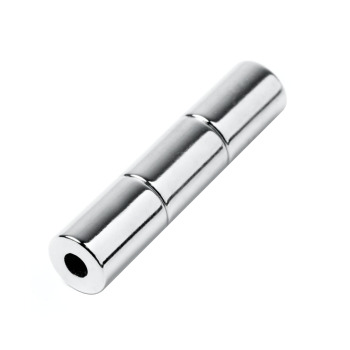
Strength 3.3 kg. 3,00 3,75 EUR
In stock -
Power magnet, Ring 19x9x6 mm.
MAGZ-220-P
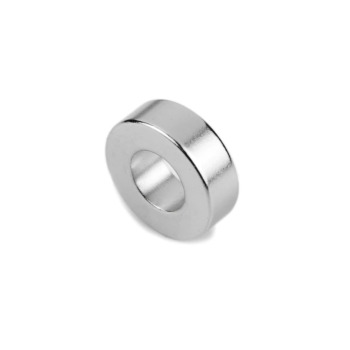
Strength 7.5 kg. 4,72 5,90 EUR
In stock -
Power magnets, Block 15x8x1 mm w/glue, 10 pack
MAGZ-506-P
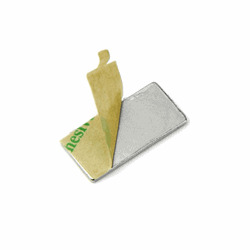
Strength 600 g. 11,28 14,10 EUR
In stock -
Power magnet, Cube 5x5x5 mm.
MAGZ-054-P
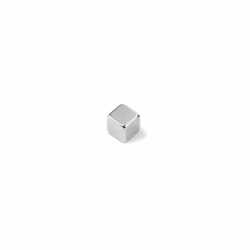
Strength 1.1 kg. 1,08 1,35 EUR
In stock -
Power magnet, Disc 15x3 mm.
MAGZ-053-P
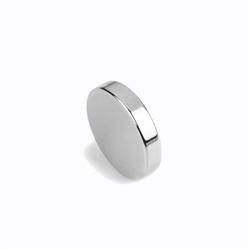
Strength 3.2 kg. 2,16 2,70 EUR
In stock -
Power magnet, Disc 3x3 mm.
MAGZ-074-P
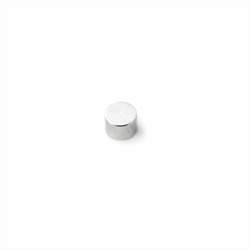
Strength 280 g. 0,76 0,95 EUR
In stock -
Power magnet, Disc 8x3 mm.
MAGZ-082-P
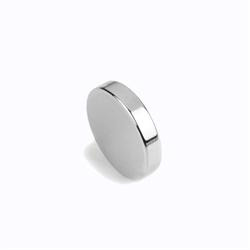
Strength 1.3 kg. 1,52 1,90 EUR
In stock -
Power magnet, Rod 5x8 mm.
MAGZ-068-P
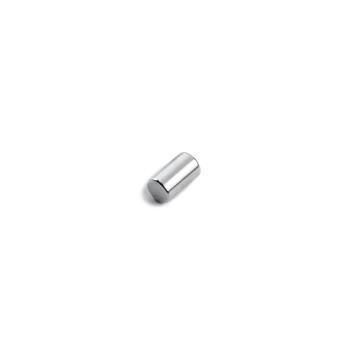
Strength 900 g. 1,08 1,35 EUR
In stock -
Powerful magnet "LUDO", White
MAGZ-065-K
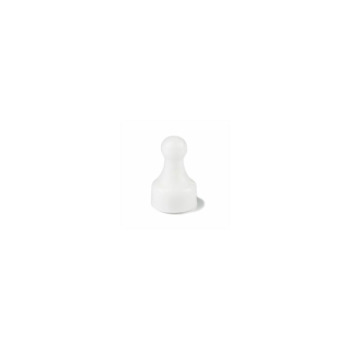
Strength 1.5 kg. 2,48 3,10 EUR
In stock -
Power magnet, Rod 4x7 mm.
MAGZ-496-P
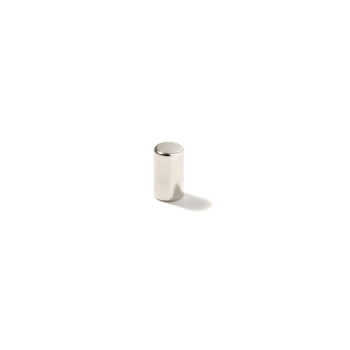
Strength 600 g. 0,96 1,20 EUR
In stock -
Power magnet, Ring 9x7x11 mm.
MAGZ-419-P

Strength 1.5 kg. 3,00 3,75 EUR
Out of stock -
Power magnet, Ring 25x4x5 mm.
MAGZ-431-P
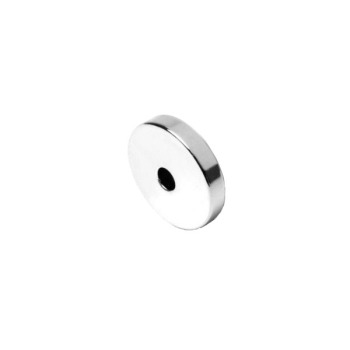
Strength 9.4 kg. 6,24 7,80 EUR
In stock -
Power magnets, Block 20x10x1 mm w/glue, 10 pack
MAGZ-505-P

Strength 900 g. 14,52 18,15 EUR
In stock -
Power magnet, Cube 5x5x5 mm., Gold
MAGZ-054-G
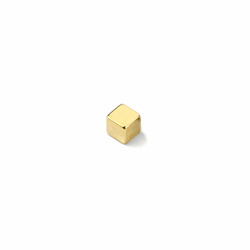
Strength 1.1 kg. 1,28 1,60 EUR
In stock -
Power magnet, Disc 15x5 mm.
MAGZ-072-P
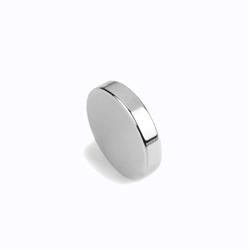
Strength 4.5 kg. 2,92 3,65 EUR
In stock -
Power magnet, Disc 4x1 mm.
MAGZ-188-P

Strength 250 g. 0,76 0,95 EUR
In stock -
Power magnet, Disc 8x3 mm., Gold
MAGZ-082-G

Strength 1.1 kg. 1,40 1,75 EUR
In stock -
Power magnet, Rod 6x13 mm.
MAGZ-061-P
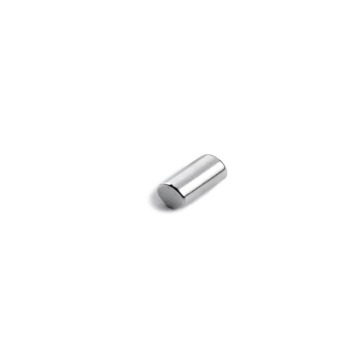
Strength 1.5 kg. 1,96 2,45 EUR
In stock -
Powerful magnet "LUDO", Yellow
MAGZ-083-K
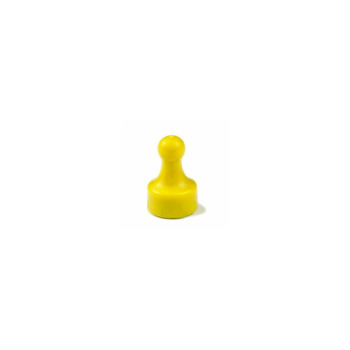
Strength 1.5 kg. 2,48 3,10 EUR
In stock -
Power magnet, Rod 4x10 mm.
MAGZ-0781-P
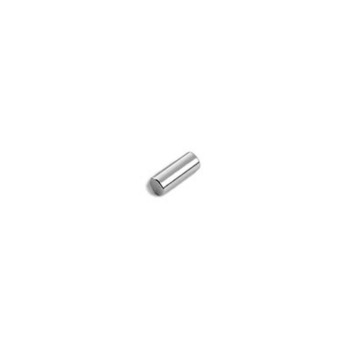
Strength 600 g. 0,96 1,20 EUR
In stock -
Powerful magnet "LUDO MAXI", Purple
MAGZ-609-K
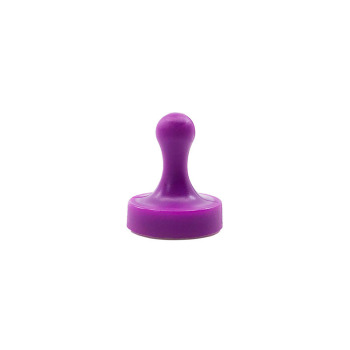
Strength 2.5 kg. 3,24 4,05 EUR
In stock -
Power magnet, Ring 40x23x6 mm.
MAGZ-498-P
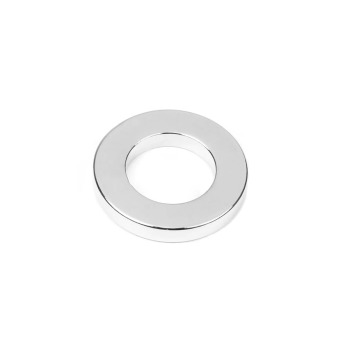
Strength 21.0 kg. 11,28 14,10 EUR
In stock -
Power magnet, Block 20x10x2 mm.
MAGZ-099-P
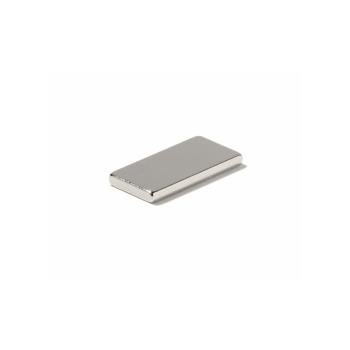
Strength 2.1 kg. 2,80 3,50 EUR
In stock -
Power magnet, Cube 7x7x7 mm.
MAGZ-122-P

Strength 1.6 kg. 1,84 2,30 EUR
In stock -
Power magnet, Disc 15x8 mm.
MAGZ-102-P
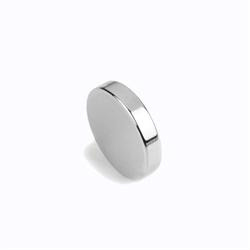
Strength 6.7 kg. 3,88 4,85 EUR
In stock -
Power magnet, Disc 4x2 mm.
MAGZ-059-P

Strength 420 g. 0,88 1,10 EUR
In stock -
Power magnet, Disc 8x4 mm.
MAGZ-182-P
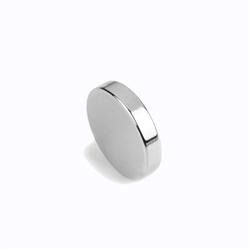
Strength 1.4 kg. 1,60 2,00 EUR
In stock -
Power magnet, Rod 6x25 mm.
MAGZ-025-P
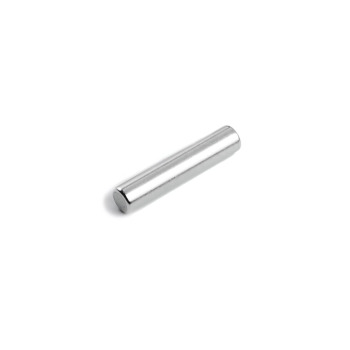
Strength 1.6 kg. 3,24 4,05 EUR
In stock -
Power magnet, Disc 5x2 mm., Gold
MAGZ-4010-G
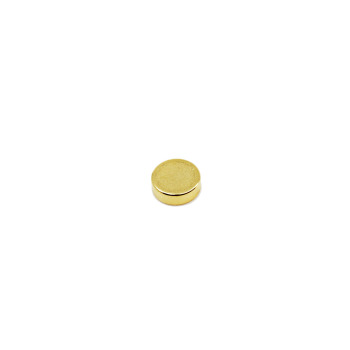
Strength 650 g. 1,08 1,35 EUR
In stock -
Powerful magnet "LUDO MAXI", Pink
MAGZ-610-K
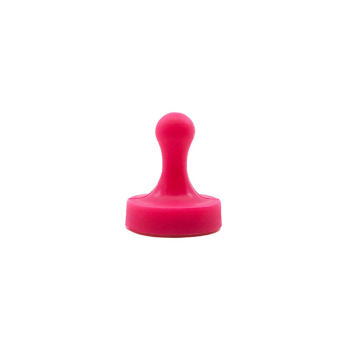
Strength 2.5 kg. 3,24 4,05 EUR
In stock -
Power magnet, Rod 12x60 mm.
MAGZ-442-P
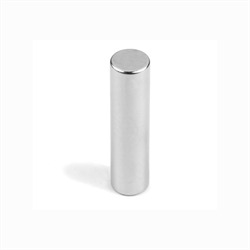
Strength 5.6 kg. 12,88 16,10 EUR
In stock -
Colored power magnets 6x3 mm, 10 pack, black
MAGZ-1025-P
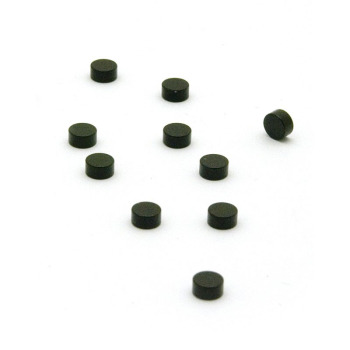
Strength 800 g. 12,80 16,00 EUR
In stock -
Power magnet, Block 20x20x3 mm.
MAGZ-103-P
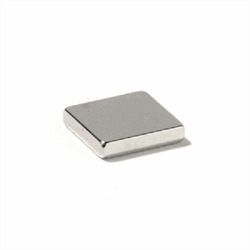
Strength 4.2 kg. 4,40 5,50 EUR
In stock -
Power magnets, Disc 10x1 mm w/glue, 10 pack
MAGZ-501-P
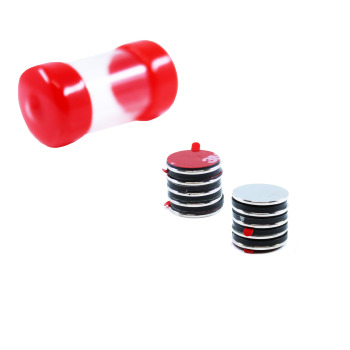
Strength 500 g. 9,24 11,55 EUR
In stock -
Power magnets, Disc 20x1 mm w/glue, 10 pack
MAGZ-503-P
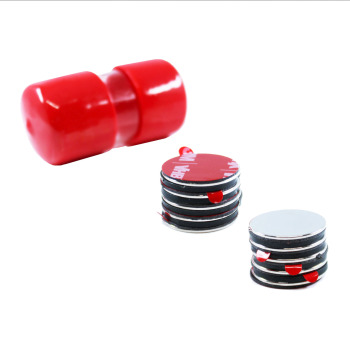
Strength 1.0 kg. 15,60 19,50 EUR
In stock -
Power magnet, Disc 4x3 mm.
MAGZ-114-P
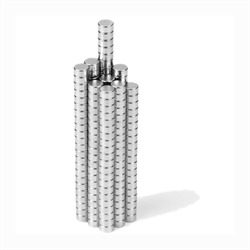
Strength 500 g. 0,96 1,20 EUR
In stock -
Power magnet, Disc 8x5 mm.
MAGZ-129-P
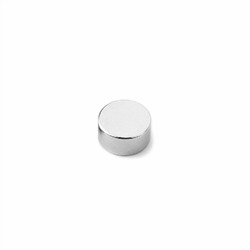
Strength 2.0 kg. 1,72 2,15 EUR
In stock -
Power magnet, Rod 8x30 mm.
MAGZ-090-P
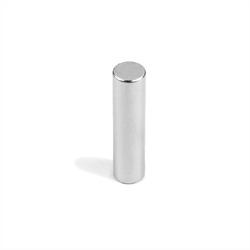
Strength 2.7 kg. 4,72 5,90 EUR
In stock -
Power magnet, Ring 10x4x4 mm.
MAGZ-497-P
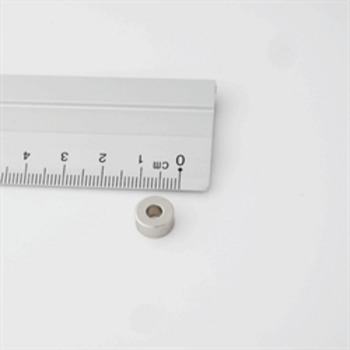
Strength 1.6 kg. 2,68 3,35 EUR
In stock -
Power magnet, Cone 15x8x6 mm. (neodymium)
MAGZ-951-C
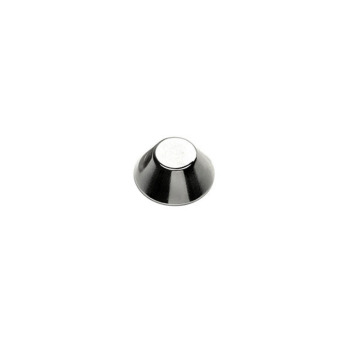
Strength 3.1 kg. 3,44 4,30 EUR
In stock -
Power magnets, Block 40x10x3 mm w/glue, 10-pack
MAGZ-730-P
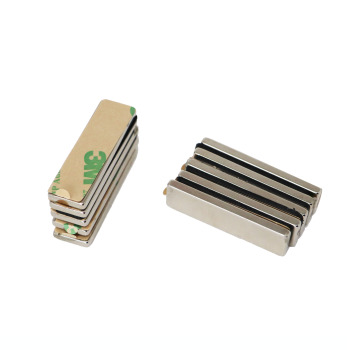
Strength 4.9 kg. 24,68 30,85 EUR
In stock -
Colored power magnets 6x3 mm, 10 pack, white
MAGZ-1020-P

Strength 800 g. 12,80 16,00 EUR
In stock -
Power magnet, Block 20x20x5 mm.
MAGZ-105-P
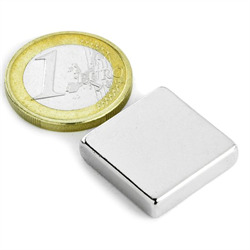
Strength 6.0 kg. 5,08 6,35 EUR
In stock -
Power magnet, Disc 10x1 mm.
MAGZ-051-P
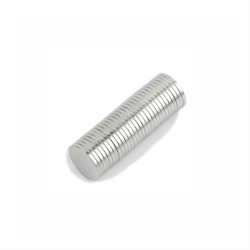
Strength 500 g. 1,08 1,35 EUR
In stock -
Power magnet, Disc 20x10 mm.
MAGZ-116-P
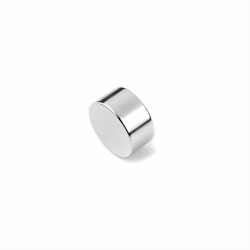
Strength 11.0 kg. 6,36 7,95 EUR
In stock -
Power magnet, Disc 4x4 mm.
MAGZ-079-P
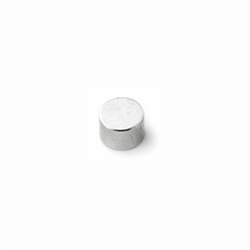
Strength 590 g. 0,96 1,20 EUR
In stock -
Power magnet, Disc 8x8 mm.
MAGZ-108-P
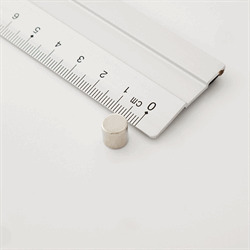
Strength 2.5 kg. 1,96 2,45 EUR
In stock -
Power magnet, Sphere Ø10 mm.
MAGZ-115-P
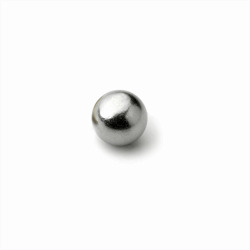
Strength 1.5 kg. 2,28 2,85 EUR
In stock -
Power magnet, Disc 5x3 mm., Gold
MAGZ-4004-G
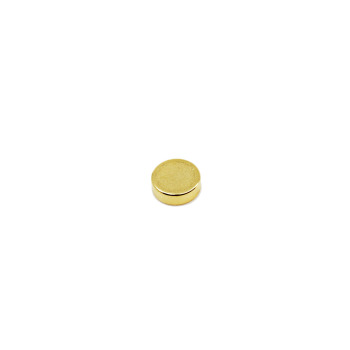
Strength 700 g. 1,20 1,50 EUR
In stock -
Power magnet, Rod 10x20 mm. (neodymium)
MAGZ-416-P
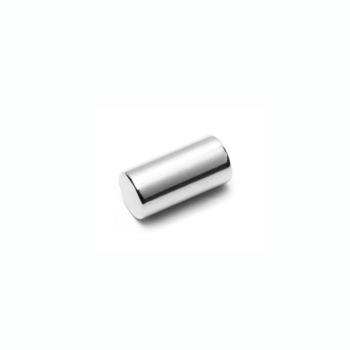
Strength 4.4 kg. 4,08 5,10 EUR
In stock -
Power magnet, Block 10x5x1 mm
MAGZ-176-P

Strength 650 g. 0,96 1,20 EUR
In stock -
Power magnet, Block 10x10x1 mm.
MAGZ-091-P
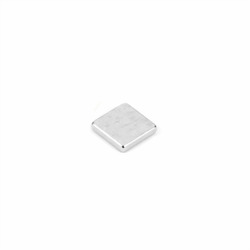
Strength 600 g. 1,28 1,60 EUR
In stock -
Power magnet, Block 20x4x2 mm.
MAGZ-095-P
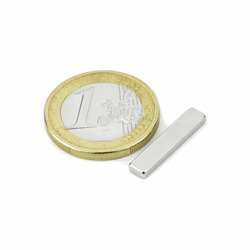
Strength 1.2 kg. 2,04 2,55 EUR
In stock -
Power magnet, Disc 10x10 mm.
MAGZ-109-P
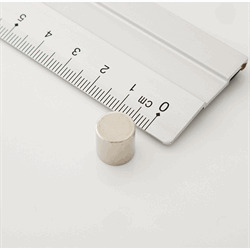
Strength 3.9 kg. 2,68 3,35 EUR
In stock -
Power magnet, Disc 20x2 mm.
MAGZ-050-P
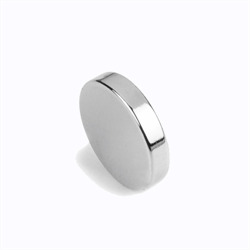
Strength 2.9 kg. 2,60 3,25 EUR
In stock -
Power magnet, Disc 5x1 mm.
MAGZ-088-P

Strength 290 g. 0,76 0,95 EUR
In stock -
Power magnet, Ring 10x4x5 mm, Gold
MAGZ-112-G
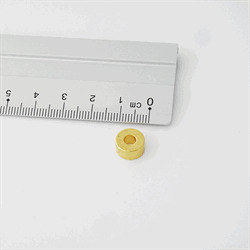
Strength 2.2 kg. 2,80 3,50 EUR
In stock -
Power magnet, Sphere Ø13 mm.
MAGZ-130-P
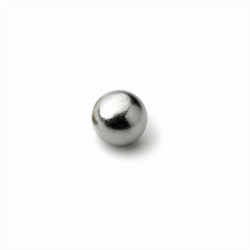
Strength 2.9 kg. 3,88 4,85 EUR
In stock -
Power magnet, Rod 3x20 mm.
MAGZ-149-SPEC
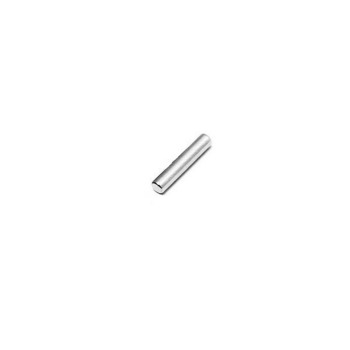
Strength 410 g. 1,20 1,50 EUR
In stock -
Power magnet, Cone 20x10x8 mm. (neodymium)
MAGZ-952-C
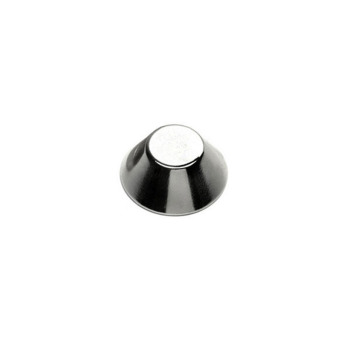
Strength 4.9 kg. 5,68 7,10 EUR
In stock -
Power magnets, Disc 20x3 mm w/glue, 10 pack
MAGZ-741-P
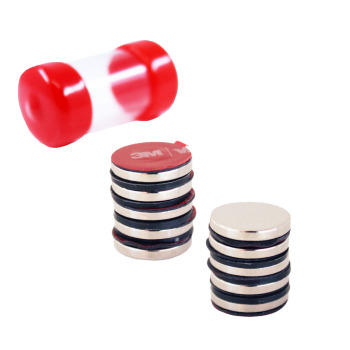
Strength 3.0 kg. 24,16 30,20 EUR
In stock -
Power magnet, Block 10x10x2 mm.
MAGZ-135-P
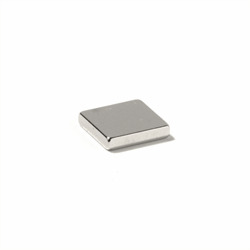
Strength 1.0 kg. 1,72 2,15 EUR
In stock -
Power magnets, Block 30x10x1 mm w/glue, 10 pack
MAGZ-507-P
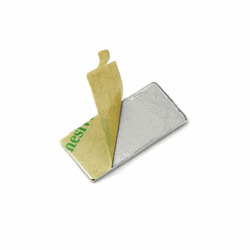
Strength 1.0 kg. 16,88 21,10 EUR
In stock -
Power magnet, Disc 10x2 mm.
MAGZ-055-P
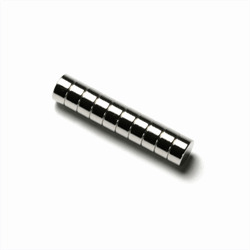
Strength 1.2 kg. 1,20 1,50 EUR
In stock -
Power magnet, Disc 20x3 mm.
MAGZ-081-P
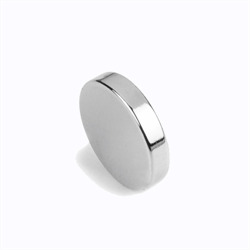
Strength 3.9 kg. 3,24 4,05 EUR
In stock -
Power magnet, Disc 5x2 mm.
MAGZ-073-P
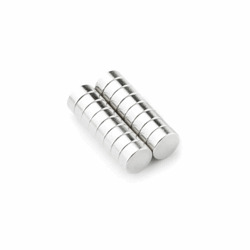
Strength 650 g. 0,96 1,20 EUR
In stock -
Power magnet, Ring 10x4x5 mm.
MAGZ-112-P

Strength 2.2 kg. 2,72 3,40 EUR
In stock -
Power magnet, Sphere Ø19 mm.
MAGZ-131-P
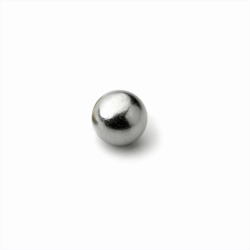
Strength 4.9 kg. 7,00 8,75 EUR
In stock -
Power magnet, Disc 10x2 mm., Gold
MAGZ-4003-G

Strength 1.2 kg. 1,28 1,60 EUR
In stock -
Power magnet, Cone 25x13x10 mm. (neodymium)
MAGZ-953-C
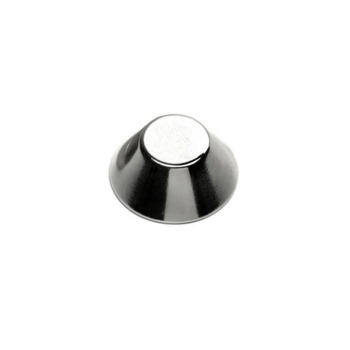
Strength 8.6 kg. 9,48 11,85 EUR
In stock -
Power magnets, Disc 8x3 mm w/glue, 10 pack
MAGZ-748-P
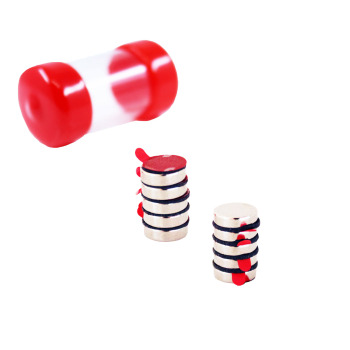
Strength 1.1 kg. 12,00 15,00 EUR
In stock -
Power magnet, Block 10x10x3 mm.
MAGZ-097-P
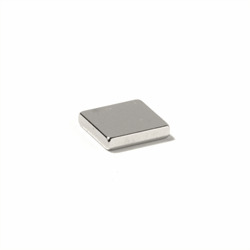
Strength 1.7 kg. 2,16 2,70 EUR
In stock -
Power magnets, Block 40x12x1 mm w/glue, 10 pack
MAGZ-508-P
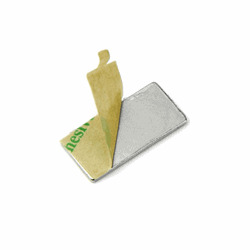
Strength 1.2 kg. 20,40 25,50 EUR
In stock -
Power magnet, Disc 10x3 mm.
MAGZ-070-P

Strength 1.8 kg. 1,72 2,15 EUR
In stock -
Power magnet, Disc 20x5 mm.
MAGZ-100-P
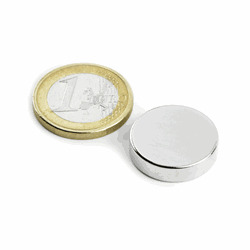
Strength 5.6 kg. 4,00 5,00 EUR
In stock -
Power magnet, Disc 5x3 mm.
MAGZ-075-P
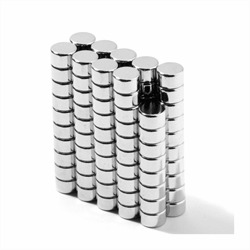
Strength 700 g. 1,08 1,35 EUR
In stock -
Power magnet, Ring 15x6x6 mm.
MAGZ-113-P
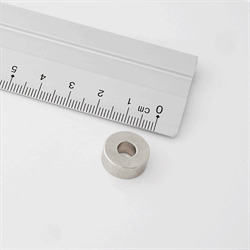
Strength 5.1 kg. 2,92 3,65 EUR
In stock -
Power magnet, Sphere Ø6 mm.
MAGZ-083-P
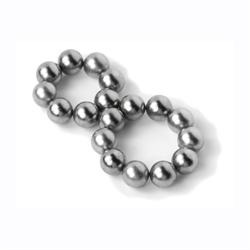
Strength 500 g. 1,28 1,60 EUR
In stock -
Power magnet, Disc 6x3 mm., Gold
MAGZ-4005-G

Strength 900 g. 1,40 1,75 EUR
In stock -
Colored power magnets 4x7 mm., 10 pack, black
MAGZ-1032-P
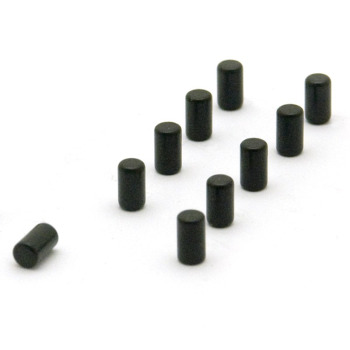
Strength 500 g. 12,80 16,00 EUR
In stock -
Power magnet, Block 10x10x4 mm.
MAGZ-190-P
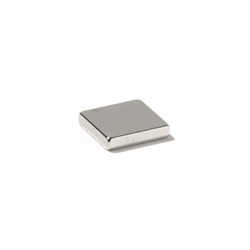
Strength 2.2 kg. 2,28 2,85 EUR
In stock -
Power magnet, Block 5x5x1 mm.
MAGZ-092-P
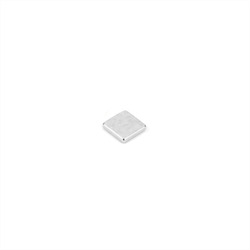
Strength 350 g. 0,76 0,95 EUR
In stock
Do you have any unanswered questions, please browse through our FAQ or feel free to get in touch with our customer support team during the weekdays. We are always ready to provide recommendations for a product fitting your needs.